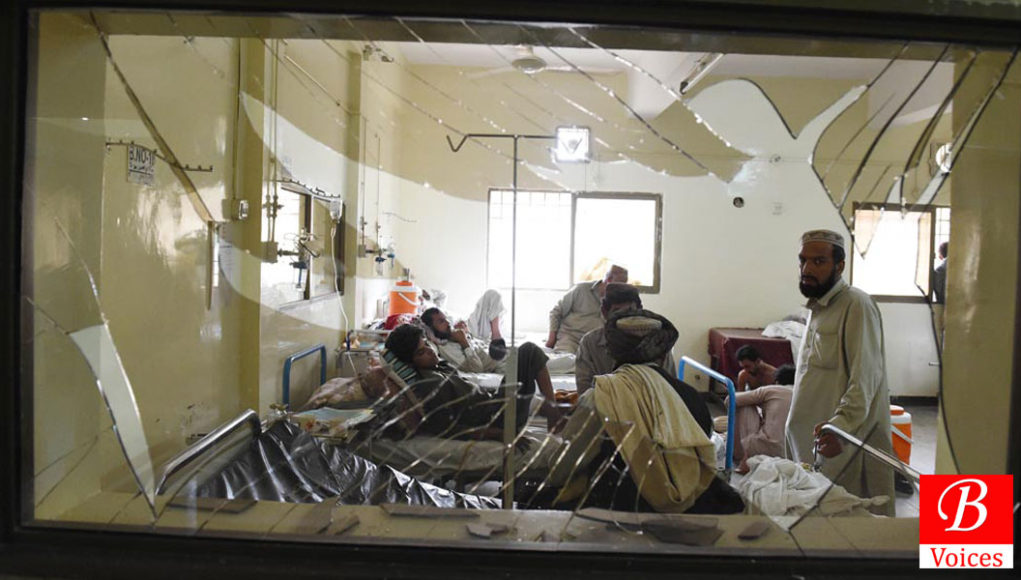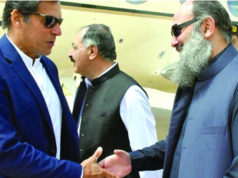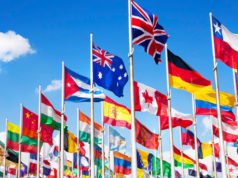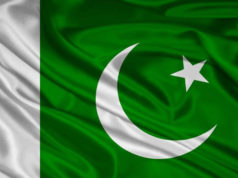On August 8, a powerful bomb blast wreaked havoc in Sandeman Provincial Hospital (SPH) in Quetta. The blast wiped out an entire generation of lawyers in Balochistan in the blink of an eye.
This terrorist attack stirred debate in the country about the failure of combating terrorism despite the implementation of the National Action Plan. In Balochistan, however, the aftermath of the blast generated a debate on a slightly different topic — the almost non-existent life-saving emergency healthcare facilities in the province.
The reason that so many senior lawyers gathered in SPH was that Bilal Anwar Kasi, the president of Balochistan Bar Association (BBA), was gunned down earlier that day and his body was brought to the medical facility. Elections for Balochistan’s High Court Bar Association were scheduled for August 13 which is why all the senior lawyers were present in Quetta. Upon hearing the news about the attack on Kasi, they rushed to SPH only to be attacked and targeted themselves.
According to official sources, 73 people lost their lives and 150 people sustained injuries in the blast outside SPH’s emergency ward. From those who lost their lives, 48 were lawyers — most of them senior lawyers who had spent the better part of their lives making a name for themselves.
According to witnesses, the suicide bomber blew himself up approximately at 9.45am, but the victims did not receive treatment till noon, when they were transported to the Combined Military Hospital (CMH) in Quetta Cantonment.
Advocate Attaullah Lango, who was just a few yards away from the site of the blast, told TNS that that medical treatment was not provided to the injured for nearly two hours after the blast.
Read also: Quetta bleeds again
“Luckily, I was standing near a wall and thus was saved but I saw my fellows falling victim to the bomb blast,” he said. “There was no ambulance available in SPH to carry the injured and we begged the police and Frontier Corps (FC) personnel to transport the injured in their vehicles.”
Lawyers maintain that if urgent medical aid was provided to the critically injured at SPH, many lawyers could have been saved. “After the blast our seniors personally called the chief secretary of Balochistan and other top officials to arrange doctors in SPH but no one arrived,” claimed Imran Baloch, an advocate who arrived late at the site of protest at the hospital.
Transporting the injured to CMH created a capacity issue and this meant that the patients did not receive the required attention, claims Advocate Baloch. “Many of our colleagues could have been saved if they had received proper medical aid immediately after the blast.”
It is curious that despite the fact that every year tens of billions of rupees are provided to the health department in the budget, at a critical time like the SPH blast, patients needed to be flown to Karachi
On social media, the relatives of the patients severely criticised the health department for failing to provide the much-needed emergency healthcare. The health department was also criticised for not making Quetta’s only trauma centre functional.
Last year, the trauma centre was built at a cost of Rs450 million in SPH. The centre was designed to provide the basic life-saving emergency aid to patients. However, the centre is not yet functional despite the fact that the construction of the building is complete. Designed to cater 50 emergency patients at a time, the trauma centre would have been highly useful in saving those who were critically injured in the blast.
Sources claim that the trauma centre is not functional because of three reasons. Firstly, SPH doctors are at loggerheads about who will head the new facility. Their inability to reach a decision has made it difficult for the centre to start operations. Secondly, Balochistan’s health minister has no interest in making the centre functional which is why he has not prioritised a speedy inauguration of the trauma centre. Thirdly, there is lack of continuity in the administrative setup of the health department. The transfer of top officials within the department has slowed the process of making the trauma centre functional.
Dr Umer Baloch, Secretary Health Balochistan, rejected allegations about negligence on the part of the health department the day the blast occurred. He told TNS that the department helped the victims of the blast in every way possible. “When more than 150 patients are brought to any hospital at one time, it creates a capacity issue and that is the problem we faced.”
Baloch, a reputed surgeon, attempted to explain the non-functionality of the trauma centre in SPH. He said the centre will be functional as soon as the required equipment is purchased. These purchases have been pending for the past five months. This is because the Chief Minister’s Inspection Team’s (CMIT) chairman, who is head of the procurement committee for the trauma centre has been unavailable. “We are doing our best to ensure that the centre becomes functional in the next two months.”
More than 40 critically injured patients were transported to Karachi for further treatment, both by air and by road. As of this moment, victims of the Quetta blast are receiving treatment in a reputed hospital of Karachi. This also raises questions about the usefulness of the health department because it highlights that there is not a single hospital in all of Balochistan where victims of blasts can be taken for life-saving emergency aid.
It is curious that despite the fact that every year tens of billions of rupees are provided to the health department in the budget, at a critical time like the SPH blast, patients needed to be flown to Karachi.
Courtesy: Originally published in The News on Sunday
Share your comments!








